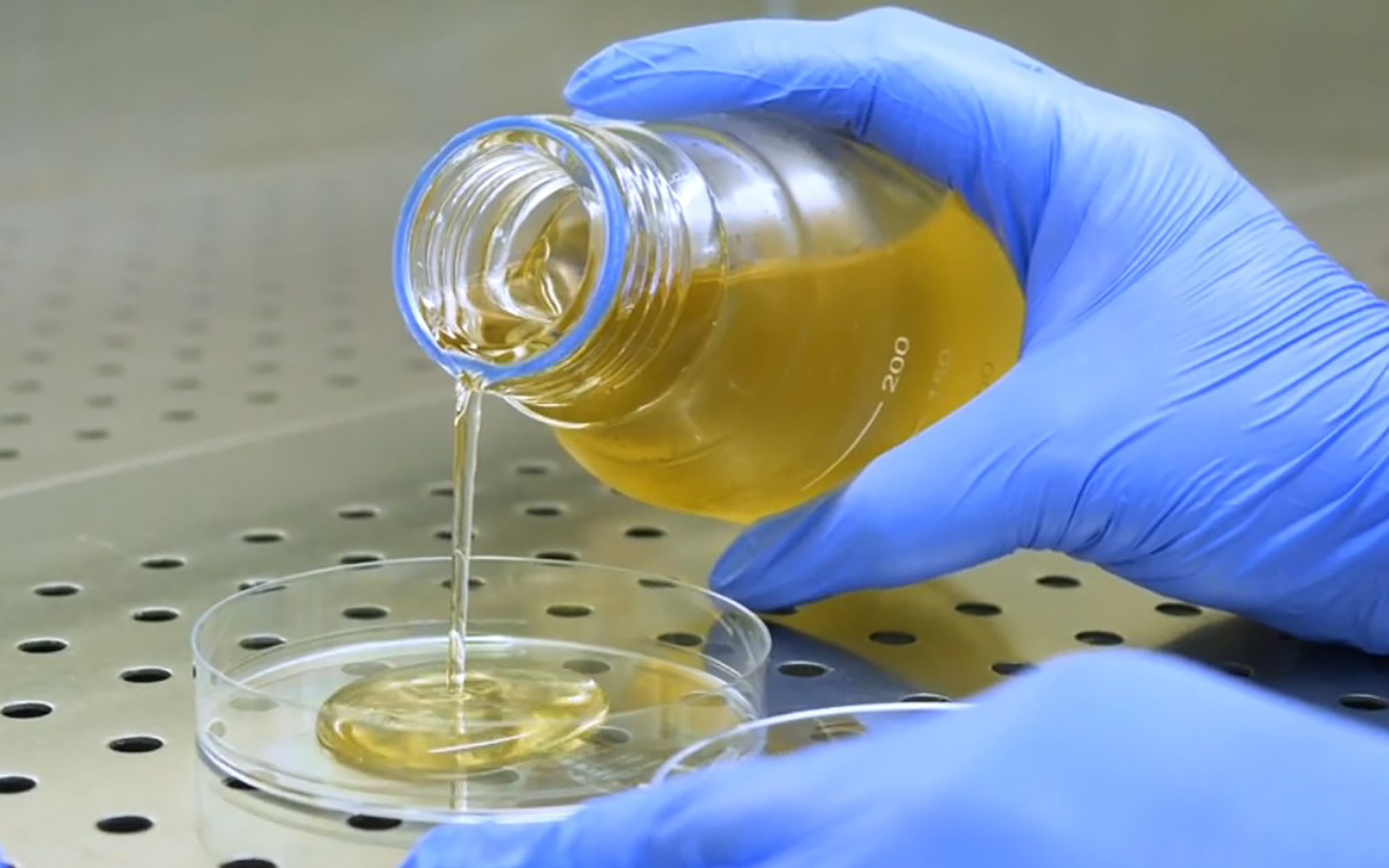Researchers uncover how gut bacteria go from striving to thriving in a matter of days

A new study from Instituto Gulbenkian de Ciência (IGC) describes, for the first time, how the gut environment shapes bacteria and the relationship they establish with us. The data highlights how subtle the interactions between the immune system, the microbiota, and antibiotics can be in tempering the way evolution acts on bacterial processes, both in health and disease. Ultimately, the findings could contribute to the development of microbiome-based therapies relevant to age-related diseases.
Millions of bacteria live in our gut as part of the microbiota with which we establish several interactions. The harmony of this host-microbe duet is critical to our health. However, many factors, including diet, antibiotics, and even aging, can interfere with it. How bacteria adapt to the dynamic gut environment, where conditions can change very rapidly, is exactly what the research group led by Isabel Gordo studies at the IGC.
In the last couple of years, the group has been studying how bacteria evolve in aging mice. These have more inflammation, a less efficient immune system, and a deregulated microbiota, which is stressful for gut bacteria. In a previous study, they revealed that Escherichia coli (E. coli), a common member of the mammalian microbiota, acquired specific mutations to adapt to the inflamed gut. One of these mutations caught the researchers’ attention: it targeted an important regulator of iron. Iron is essential both for microbes and their host, so its availability in the gut is tightly regulated. Given the importance of this metal in host-microbe interactions, the researchers decided to study how the conditions bacteria are subjected to in the gut acted on this mutation.
One of the most surprising findings, now published in Current Biology, shows that the number of bacteria presenting this mutation changes sharply in the mice gut over short periods of time. “We were amazed when we first saw how natural selection acting on bacterial iron regulation could change drastically in a few days”, explains Hugo Barreto, PhD student at the IGC and first author of this new study. The next challenge was to disentangle the factors that lead to this fluctuation. To do this, they tested how bacteria differing in their iron regulation capacity competed in mice with distinct immune system competencies and microbiotas.
As both the host and microbes can regulate iron concentrations in the gut, the researchers reasoned that the fight for this common good could be a source of fluctuation. Hosts can secrete an immune protein that prevents bacteria from scavenging iron, which is particularly important to stop pathogenic organisms from blooming. In this study, the researchers showed that changes in the levels of this protein over time correlate with the number of E. coli presenting the studied mutation. This explains, in part, the drastic changes in the competitive fitness of this mutant in an environment where fluctuations can happen naturally, which is the case of the gut. They also showed that age-related inflammation and antibiotics can influence the levels of the protein.
But the effects of antibiotics on iron availability in the gut go beyond that. As expected, antibiotic treatment altered the abundance of specific gut microbiota members. This turned out to be an important factor for the fluctuation of bacteria with different iron regulation capacities. For example, when the number of Lactobacillus, a type of bacteria that is also commonly found in yogurt, increased in the gut, the number of the E. coli mutants decreased.
In sum, the researchers found that the evolution of gut bacteria is modulated by the host’s immune system and microbiota composition, as well as by antibiotic treatment. “Putting together the pieces of the puzzle was a tough challenge but extremely gratifying”, says Hugo. To make this task easier, the team had the support of the institute’s Genomics Unit to determine the genetic code of E. coli and other gut bacteria in mice.
This is the first time researchers show that the naturally fluctuating environment within a host is a key determinant of within-species diversity. Contrarily to most studies, in which scientists look at how bacteria evolve in response to the conditions they impose, this one shows how the process goes in a natural and medically relevant ecosystem. “Sampling feces extensively throughout time allowed us to dissect subtle but functional differences occurring in this dynamic environment in the matter of days, in both healthy and diseased individuals”, he explains. With this longitudinal approach, researchers noticed things they would not do with a simple “before and after” picture.
“The findings are of broad impact to the understanding of how bacterial evolution can affect iron metabolism in complex ecosystems, such as human guts”, explains Isabel Gordo, principal investigator of the group that conducted the study. This is of utmost importance given the essentiality of iron in host-microbe interactions, especially under limiting settings such as inflammation and anemia. Understanding the factors that shape the evolution of bacterial iron regulation could contribute to the development of microbiome-based therapies, including the use of probiotics, for example, to control which bacteria proliferate in disease settings.
Read Paper
